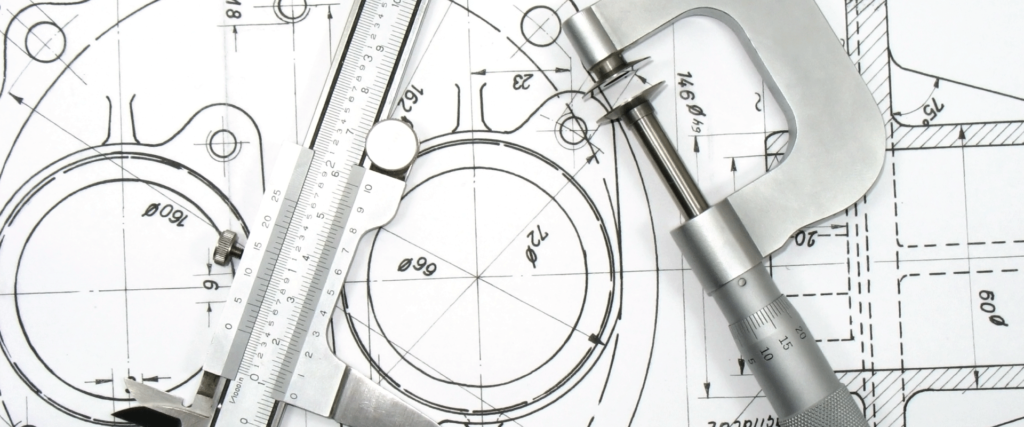Article
UI/UX Principle #13: The Effective Use of Slideshows

“Real estate.” It’s valuable property.
It’s a finite space and an important commodity. In web design, real estate is one of your most important design assets.
To make use of it in a strategic way, consider using slideshows – also called carousels or rotating banners – to showcase your essential content, while also allowing people to continue exploring when the slideshow catches their interest.
This convention has proliferated massively and is used with regularity in the design of websites, web apps, and mobile apps. Naturally, there’s a lot of debate about using slideshows. While they have been an easy to use and understandable convention for 30 years, they have also been abused and are recently looked down upon by many designers. We get it.
Why Should We Use Them: Directing Attention
Interactive designs provide meaningful engagement. Interaction has to be a planned experience, and contrived interaction must be thought out to ensure targeted attention. Designing a meaningful user experience, in this regard, is the art of balancing a variety of interactive elements.
You want to direct attention to your content, but you don’t want it to be distracting or overwhelming. Are you telling a story that reiterates your main message and invites people to explore – or are you forwarding too many messages that overwhelm users and dilute your brand?
Does your content bring attention to your call of action? Or do you have too many movements that are distracting? Too much movement equals confusion. Effective and purposeful movement builds a story.
When Should We Use Them: Adding Interactivity
Slideshows are tools used to tell a story that reiterates your main message, brings attention to your call to action, and strengthens your brand by balancing movement and interactivity. In another blog post, we discussed the importance of synthesizing convention and innovation to create a product that moves the needle in terms of creativity, but adheres to design best practices to ensure usability. It’s possible – and valuable – to use common conventions in a creative way to accomplish key strategies such as storytelling.
In Smashing Magazine, the authors speak to the familiarity of the slideshow convention: “The slideshow is a universally known tool, and anyone who has used the Internet will know how to work a slideshow. Therefore, they are very usable and convenient for any user, and they can be used almost anywhere.”
The good news is that slideshows present this exciting opportunity – that is, to synthesize convention and innovation in such a way that you can effectively articulate key messages, the value of your call to action, and the essence of your brand. It’s a convention that bundles multiple interactive storytelling elements into a tight package that makes use of the finite amount of space available to you.
How Should We Use Them: Highlighting Rich Content
One danger of using slideshows – and a source of common criticism – is that they are too filled with loosely related content. If your slideshow is stuffed with non-related item, then it becomes disjointed, losing sight of the main story it’s trying to tell. Going overboard with a slideshow throws the user in too many directions at once.
To highlight rich content, however, you can use slideshows to create themed stories that build on each other but are pertinent to the same theme or message you are highlighting.
It’s important to be comfortable with the idea that people might not see all of the content – after all, slideshows should be used as a tool that encourages users to continue exploring. Your content shouldn’t be buried in the slideshow, but you can use it to add more interesting examples of the topic or theme you are bringing attention to.
Use Them, But Don’t Overdo Them
Although slideshows and carousels are a great tool, as with all tools in web design, they must be implemented based on good judgement.
Jakob Nielsen speaks to the danger of overusing slideshows and carousels: “One of the plagues that’s really on the web right now is overuse of carousels and this notion that the home page can’t have one main feature [ . . . ] It’s not a great way of exposing richness of content, the richness of offerings, and yet I believe carousels are often there because of political considerations.”
There’s an element of truth to Nielsen’s argument. In the interest of maximizing real estate, it can be tempting to use a tool such as a slideshow or carousel to maximize the amount of information packed into the website location that users will spend the bulk of their time viewing. Also, “politics” (as in any collaborative effort) can overthrow good judgment about what information is most important to include and what could be saved for another part of the website.
However, Nielsen overlooks the fact that slideshows and carousels can be used to delve deeper into one main feature via the interactive storytelling possibility they create. Given that they are visual, slideshows are easy to follow. They are a great way of exposing rich content and rich offerings, but they have be implemented thoughtfully to ensure that exposure is enhanced.
Further Considerations
In another post – “People Scan Websites (They Don’t Read Them)” – we explored how users spend the majority of their time scanning in order to find out what information is relevant to their interests.
While Nielsen accurately taps into the danger of overuse, his analysis overlooks the fact that an innovative convention like a slideshow can utilize valuable real estate and act as a compelling interactive storytelling technique that inspires users to explore the rest of the website.
As with any convention, it’s paramount to be honest about whether or not it’s serving the overall design and user experience. But if applied in the right way, slideshows can do just that while also making economic use of the valuable space and directing attention to your most important content.









